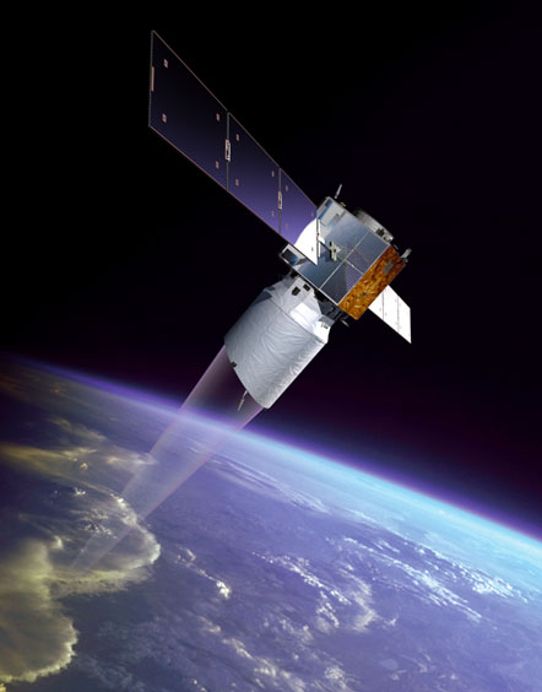
A large volume of data and information is needed in order to make reliable weather forecasts, not least about the way the winds. Previously it has been difficult to gather this information since direct wind observations have been scarcely available over many areas of the planet.
Currently most direct wind observations come from radiosondes and aircraft-based observations. Wind information from remote regions, over the oceans, in the tropics and for the southern hemisphere is mostly indirect. Therefore there are no global measurements for wind fields, which makes it difficult to improve weather forecasts and climate models.
Important to be able to measure wind
"To successfully measure winds in a reliable way with a wind lidar is an important step forward, significant for several geoscientific issues," says Magnus Lindskog, researcher in the use of observations for numerical weather prediction at SMHI.
Sweden contributes to the international Aeolus project through a two-year project financed by the Swedish National Space Agency.
"One of the goals is of course to compare the Aeolus results with other measurements. At the same time we want to analyse if and how the Aeolus winds can be used in the future as a complement to the wind observations that we use in the HARMONIE-AROME weather forecast model used at SMHI to further improve the forecasts," says Magnus Lindskog.
An evaluation of how well the new satellite has worked was presented at the EGU2020: Sharing Geoscience Online conference in May 2020. The presentation compared the results from the satellite with atmospheric radars in Sweden and the Antarctic, as well as with numerical weather forecast models.
Cooperation between Sweden and India
The evaluation was carried out by a team with participants from SMHI and the Swedish Institute of Space Physics in Sweden, together with NCPOR (National Centre for Polar and Ocean Research) and the Cochin University of Science and Technology from India. Susanna Hagelin and Heiner Körnich from SMHI also contributed to the project, together with Magnus.
"In comparison with other types of observations and numerical weather forecast models we concluded that Aeolus winds consistently showed good agreement with other types of wind measurements. However there are still some challenges concerning quality control of the measurement values as well as managing the systematic errors in the Aeolus observations," says Magnus Lindskog.
The work will now continue with further evaluations where several different types of measurements are compared with each other, as well as case studies to see what happens in specific situations such as orographically generated lee waves. These can occur when winds blowing over mountains give wave-type patterns in the atmosphere, which can be seen in the cloud cover.